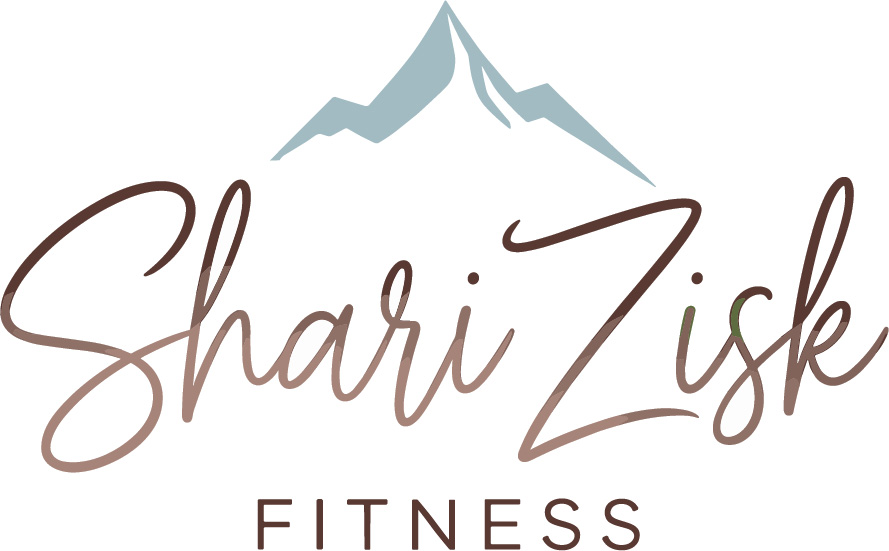I created thousands of workout routines for women at the women only fitness center I used to work at, and not a single workout included the ‘ab machine.’
That was the actual name of the big hunk of steel and pink upholstery strategically placed at the entrance of the weightroom (for sales purposes I am sure). You know the one with the weight stack where you sit down, strap your feet in and then lean forward pressing your chest against a pad and into a curled up position.
Woman are so polite. I estimate that at the very end of the new orientations I conducted, 50% of women would kindly ask why I had not included the ‘ab machine’ in the program. The 50% who didn’t ask were always spotted trying it out on their own within the next week. Of course I had to intervene and show them how to use it correctly.
Needless to say I spent a lot of time talking about and demonstrating a machine I tried hard to ignore. Here are 6 reasons why I avoid the ‘ab machine’:
Foot straps
We learned years ago that attempting to do crunches, sit-ups or curl ups with the feet anchored does two things. First, it activates the hip flexors which is a problem because hip flexors are prone to becoming overworked and tight. Tight hip flexors limit range of motion during lunges and squats, and will eventually throw the pelvis out of alignment which can lead to various other postural issues. Second, utilizing the hip flexors during a curl up reduces activation of the abdominal muscles giving this machine a low score for efficiency.
Transversus abdominus
If you do not know where this muscle is or how to properly activate it, you should not be using ANY ab training device. The transversus abdominis (TVA) muscle is the deepest abdominal muscle (there are 4) and most important one for spine stabilization and achieving a flat stomach. When contracted TVA causes the belly button to draw inward toward the spine. I find that 100% of people who try the ‘ab machine’ the first time utlize a bulging strategy, which means they are actually turning ‘off’ the muscle they are trying to target, not only making the exercise ineffective, but also leaving the spine unprotected during high force generation.
The stack
The ‘ab machine’ weight stack can be loaded up to 200 pounds. I have witnessed petite women loading up to 80lbs on the ‘ab machine’ and cranking out hundreds of reps. The same women could not perform a decent set of 15 smartly resisted crunches from the floor without challenge. This tells us that most (if not all) of the energy required to perform the movement is generated from other muscles or simply the weight of the body.
Ouch
The chest pad is placed across the chest, and then you press against your chest. Obviously invented by a man.
Hunchback maker
Most of us spend way too much time slouched over our computers. The last thing we want to do is show up at the gym and do hunch promoting exercises. Use your time at the gym to balance all of the time you spend slouched at work with chest opening exercises and back strengtheners instead.
Train for function
Real life doesn’t have footstraps or spring loaded pin adjustments. Train your abdominal muscles the way you use them in your everyday life; on your feet, bending and rotating, not seated and strapped into a machine.
There are so many smarter, safer and more efficient ways to train the core and flatten the stomach.
TalkBack Questions
Do you have an ab machine at your gym? Do you see people with not-so-flat abs lifting the whole stack?
What is your favorite ab training machine or device?
I started pumping iron and drinking green smoothies in my teens. Now a 40+ mama with 25 years of experience working in the fitness industry, I do things differently. What I discovered during my personal healing journey made me pivot in my approach as a personal fitness and wellness coach. Now I teach people how to sweat, nourish and glow from an entirely new perspective.

